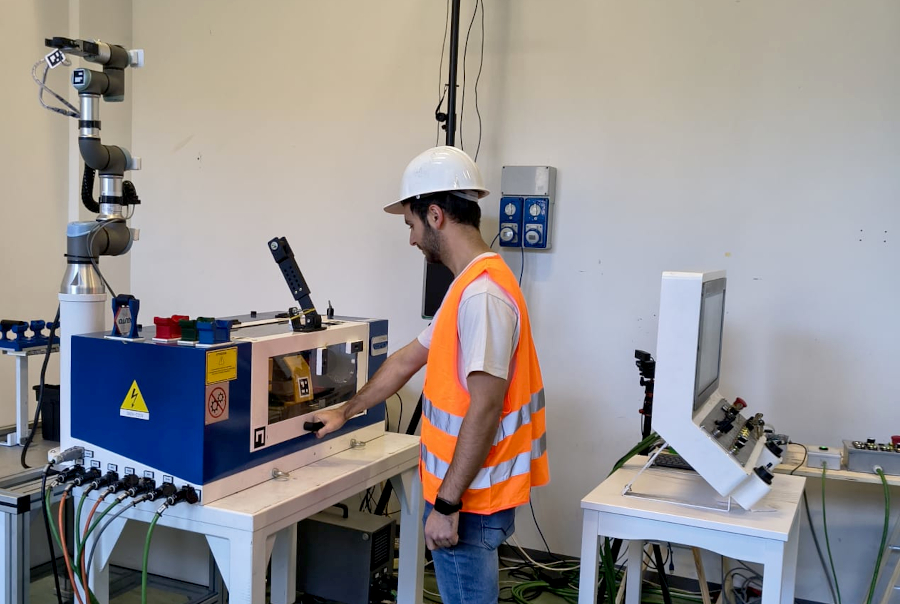Electric cars with longer range and more durable batteries — this is the promise of a new silicon-based electrode for next-generation lithium batteries that are more powerful, stable and sustainable. The breakthrough comes from a study published in Nature Nanotechnology, led by Dr Xuekun Lu of Queen Mary University of London, with the participation of the University of Pisa through Professor Antonio Bertei from the Department of Civil and Industrial Engineering.
“This result,” explains Professor Bertei, “paves the way for large-scale and economically viable use of silicon in lithium batteries, far beyond current applications. Increasing the silicon content in batteries can significantly extend the range of electric vehicles without compromising their lifespan. Our solution is reliable, but still needs to be scaled up and thoroughly tested before reaching the market.”

At the heart of this innovation lies a dual-layer anode with a high silicon content, capable of storing much more energy than conventional graphite anodes. Until now, the use of silicon in batteries had been limited because the material tends to expand during charging, causing rapid degradation. The new design, however, prevents such deformation, preserving the internal structure and ensuring stability even after numerous charge and discharge cycles.
“Silicon can store up to ten times more energy than graphite, but until recently it had not been possible to use it stably,” continues Bertei. “With this dual-layer architecture, we have overcome the main limitation, creating a high-performance electrode compatible with industrial processes.”
The study, which lasted over two and a half years, was funded by UK institutions including the Engineering and Physical Sciences Research Council, the Faraday Institution and the Royal Academy of Engineering. The University of Pisa is the only Italian partner, alongside other international centres of excellence such as University College London, the University of Oxford, the University of Manchester, Imperial College London and the Beijing University of Technology.
The University of Pisa’s contribution focused on the analysis of electrochemical data and modelling of degradation mechanisms, providing the theoretical foundation for understanding the material’s behaviour during charging cycles.
This discovery builds on earlier research by Professor Bertei and his colleague Dr Marco Lagnoni, published two years ago in Nature Communications and focused on rapid charging of lithium batteries.
“The two results,” concludes Bertei, “address the main limitations of electric vehicles — range and charging time — from complementary perspectives. Together, they mark a decisive step towards more efficient, durable and sustainable batteries.”



